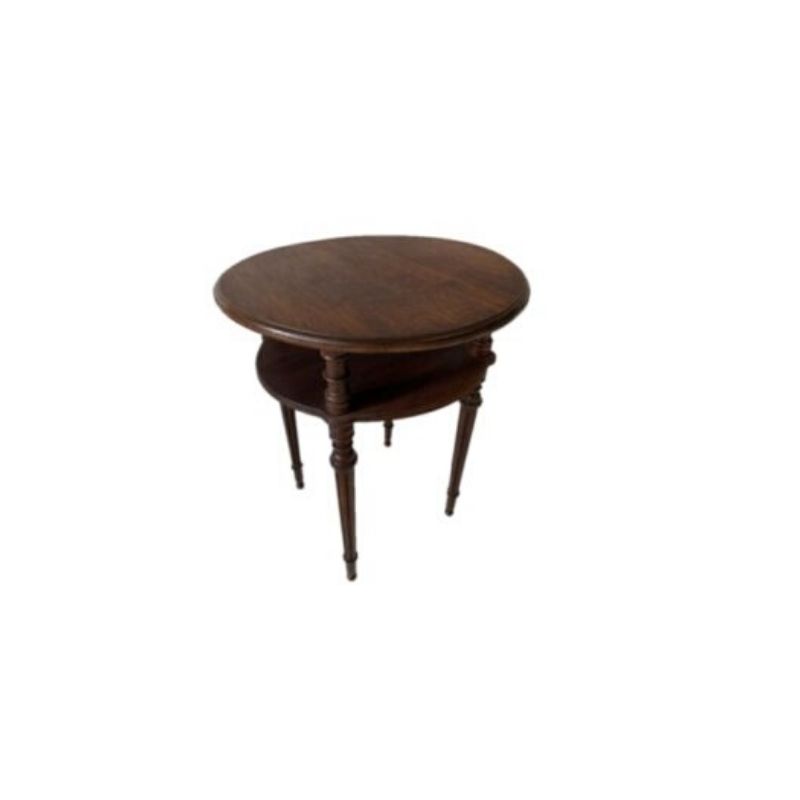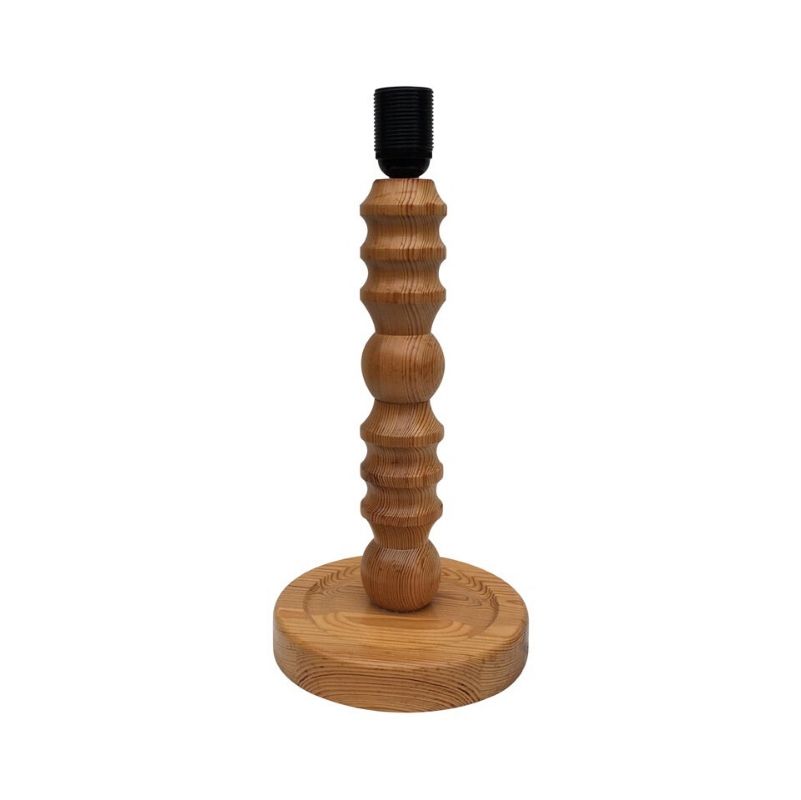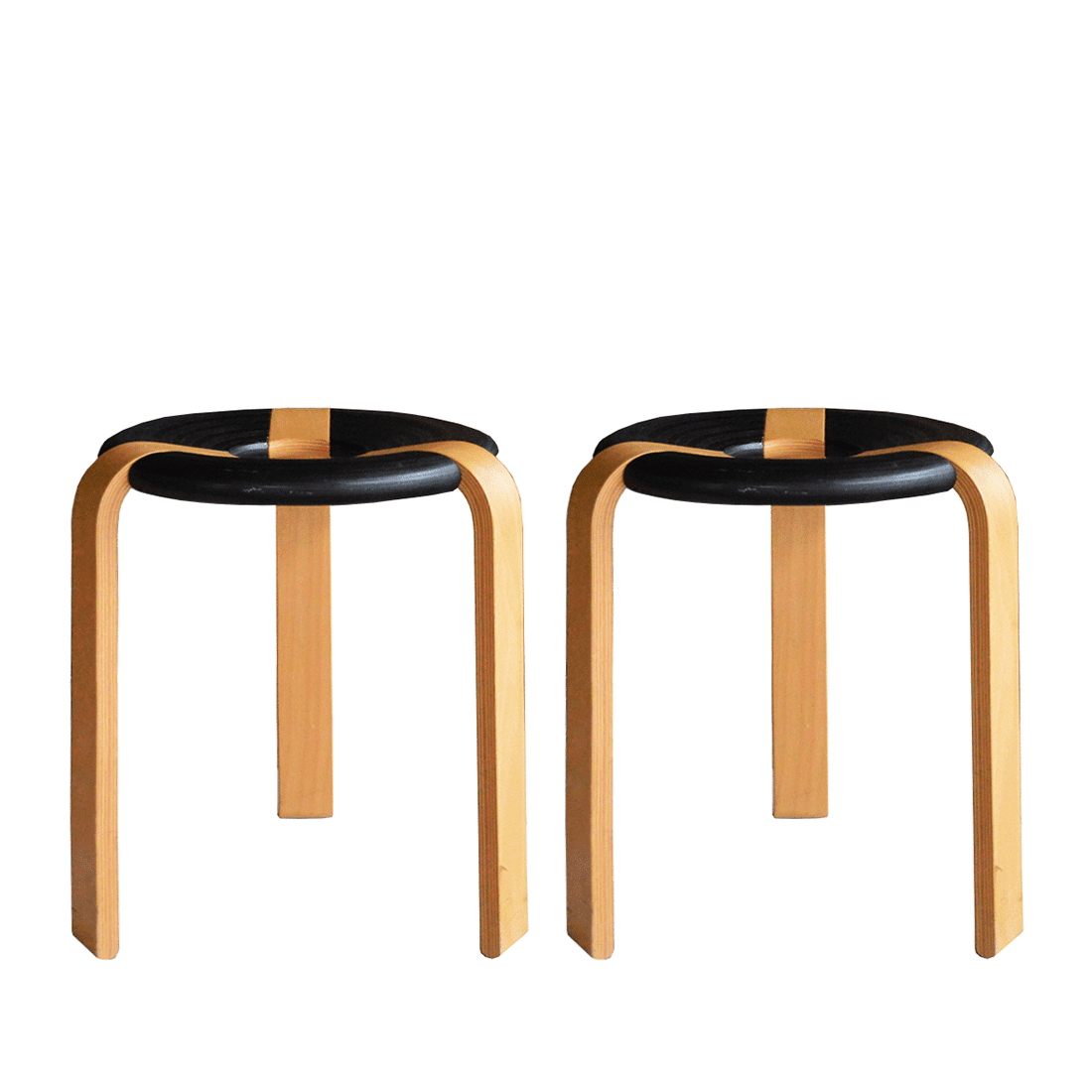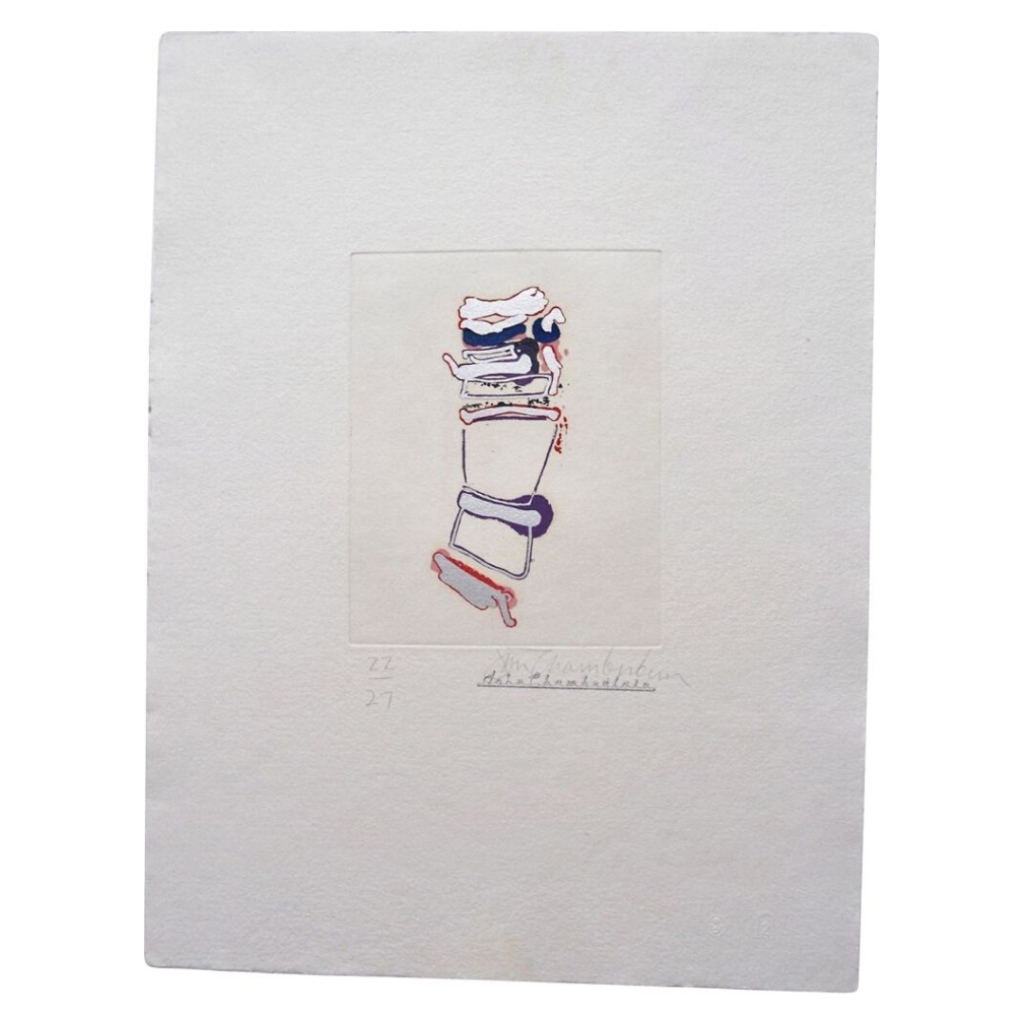Stendig's Position
This article from the NY Times published 1981 shows Stendig's position on the Wassily chairs. Apparently, they did not reproduce them but only imported them for Gavina.
http://www.nytimes.com/1981/08/06/garden/l-letters-on-breuer-furniture-2...
Also, does anyone know if dis_con_nect's chair is real or if the numbers on the hex screws mean anything? I also picked up an old wassily chair at a garage sale from a guy who bought it at another garage sale. It has the same numbers on the hex screws and is on every screw. Leather is very thick and in good condition and there are slightly convex caps.
http://www.nytimes.com/1981/08/06/garden/l-letters-on-breuer-furniture-2...
Wassily chairs
I went on a house call to look at some furniture and saw two of these chairs with black leather and chrome. The guy told me they were early reproductions of the original but gave me no date. There is a paper label on the underside of one of the seats that reads MADE IN ITALY. I am not familiar with these chairs and was wondering who these could be made by, possibly Gavina? What shoul I look for? Any idea what I should offer? I plan to resell them. Sorry, no pics.
In 1962, Dino Gavina signed...
In 1962, Dino Gavina signed an agreement with Marcel Breuer produced the Wassily chair as well as three other models of Breuer(the cesca side, cesca arm, the laccio) In 1963,Gavina added two other models: the 1935 Isokon wooden chaise longue and the New Canaan desk). The names were invented by Dino Gavina. The Gavina catalogue of the period gave the following Wassily dimensions: 70cm x 79 cm x 72cm high (translated into inches =27.5 x 31 x 28.5. The front of the seat was 16.5cm or 42 inches.
Charles Stendig who imported the Gavina furniture began to sell the Gavina Wassily in 1963. In the Stendig catalogue the dimensions were in inches. 30 3/4w X 27 1/2d x 28 1/2h. The variations can depend upon who is using the tape measure and who is calculating the translation from the metric to the English system. Moreover, chairs in flexible tubular steel tend to vary even in the same factory. The way in which the chair is mounted and the jigs used can also cause slight differences.
Knoll bought Dino Gavina's company in 1968 and Knoll became Knoll-Gavina or Kiga. SpA. However, Stendig continued to import the identical chair produced by a supplier of Gavina.
In 1966, Matrix Srl of Firenze began to produce an exact reproduction of the Gavina Wassily, in their collection of "classics". The frame was identical in proportions and quality and the leather was full-grain uncorrected leather of superior quality to that of Gavina but the price was 50% less. The Matrix chair was exported to the United States by the container and thousands of chairs were sold in stores thoughout the USA. Then in the 1970's Thonet America began to import 40ft containers of the Matrix Wassily and thousands more of these chairs were put on the US market. Then in the 1980's other Italian producers began sell high quality Wassilys based on the original Gavina model.
Consequently, only a small precentage of the Wassily chairs in the USA were sold by Knoll.
Closing the ends of the tubes with caps lowers the cost of production. Since the tubes are chromed before being capped,they drain better recovering more nickel and chrome.
Companies that use this method normally also reduce the thickness of the nickel and cut the quality of the tube.
I am not aware of what has been going on at Knoll in recent years as far as the production is concerned
If you need any help, please contact us at – info@designaddict.com









